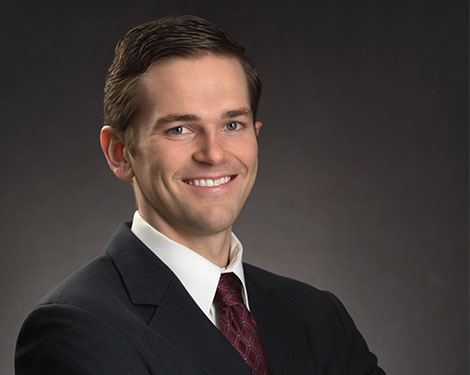Three questions with NSE Alum Brendan Ensor ’12

NSE and Energy Studies Minor alumnus Brendan Ensor knew he wanted to be a nuclear engineer ever since he was a child growing up near a nuclear reactor. Following a Rickover Fellowship at the US Department of Energy, he is now a senior engineer at the Naval Nuclear Laboratory.
What led you to your current work at the Naval Nuclear Laboratory?
When I was a senior at MIT, I was awarded a Rickover Fellowship. It paid my tuition and provided me a stipend during all of my PhD. In the Navy nuclear world, it was an honor to get that fellowship, and it closely tied me into the Naval Nuclear Laboratory. I spent two summers there as part of my PhD program.
I’m now at the Knolls Atomic Power Laboratory site in Schenectady, New York. We design and support the naval nuclear reactors for the US Navy’s submarines and aircraft carriers. I’m a senior engineer in the technology department. The focus of my work is on corrosion of the nuclear fuel cladding, which is the primary barrier that prevents the fuel from getting into the coolant and being released. One of the concerns in a nuclear reactor is that when zirconium alloys used in fuel cladding are exposed to very high-temperature water, they can corrode.
In your opinion, what’s the outlook for nuclear energy in the United States?
I think that nuclear has a part to play in the future energy field. I believe that there are a number of factors that look good for nuclear, including the US House and Senate bills on nuclear innovation and licensing, which seek to motivate research and investment in advanced reactor designs and to modernize the regulatory framework of the Nuclear Regulatory Commission; the desire to maintain a diversified energy portfolio; and the potential of small modular reactors (SMRs) in the future. SMRs could be revolutionary for nuclear. With their smaller and tunable energy output, they would be much more successful than large nuclear plants in a future energy grid that incorporates many small, distributed power-generating sources such as solar and wind. Other factors, like future carbon taxes or changes in how electricity is bought on deregulated markets, could also make a difference.
What advice do you have for a current student considering a career in your field?
Be flexible, because technology breakthroughs can happen at any time. When I was coming into my undergraduate years, fracking was just a new thing. Since then, it has completely changed the energy field. So I would say be flexible and broaden your horizons. Have lots of experiences, so when you decide to enter the workforce or your career, you could go down a bunch of different paths and be valuable to everybody. Don’t pigeon-hole yourself.
What do you think is the most important role played by the Energy Studies Minor?
The Energy Studies Minor exposes you to a lot of different aspects of the field that you may not be familiar with. I was a nuclear engineer. But I would sit in class with people who were focused on renewables. I would sit in class with people who were focused on policy. That experience is very valuable because it leads you to ask questions like, How does your energy technology fit into the global energy field, and what obstacles does it face?
So the energy minor does a good job bridging the divide between the engineers and the policymakers and the economists. All three play a role, and the better they can communicate and understand each other, the better it will be for the energy future of our country.
Written by Mary Potts/MITEI
Read on MITEI website
This article appears in the Spring 2017 issue of Energy Futures, the magazine of the MIT Energy Initiative.
